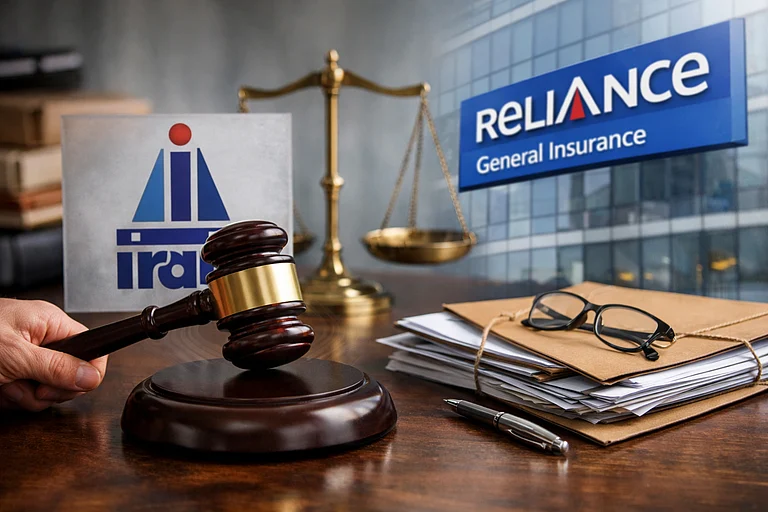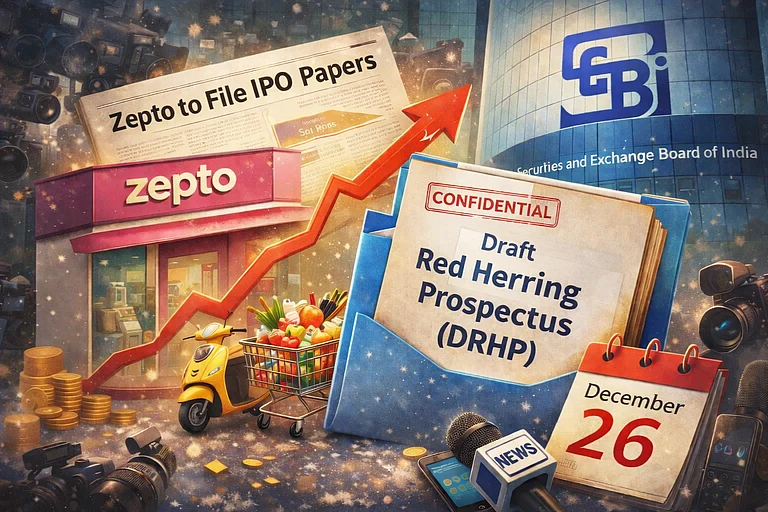HDFC Mutual Fund has launched two sectoral exchange-traded funds (ETFs): HDFC Nifty IT ETF and HDFC Nifty Private Bank ETF. The new fund offers (NFOs) are open from Oct 28 to Nov 9.
The minimum subscription amount is Rs 500. The ETF units would be allotted in “whole figures” and the balance sum will be refunded to investors. There is no lock-in period for the ETFs.
HDFC Nifty IT ETF
Commenting on the advantage of the Nifty IT ETF, senior fund manager Krishan Kumar Daga said India’s IT industry is more service-oriented than product-oriented like the west. So, he believes Indian IT companies wouldn’t be much affected compared with their global counterparts.
Daga added that Indian IT companies have pivoted more towards the “new age digital segment compared to the legacy core segment.” Citing Infosys as an example, he said the company’s revenue share from the digital segment jumped 57 per cent in FY 22 from 31.2 per cent in FY19.
He said Indian IT companies are investing heavily to upskill their employees in a rapidly developing industry. For example, he said Tata Consultancy Services (TCS) spent an average of 121 hours in training 171,000 employees in FY22.
The fund house noted that the Nifty IT ETF’s risk quotient is higher because of the “inherent nature,” but when the fundamentals of the IT Index are looked into, “the sector is more efficient than the broader Nifty 50.”
Table showing the return on equity of Nifty IT and Nifty 50 index.

Source: HDFC AMC
HDFC Nifty Private Bank ETF
Explaining the rationale behind launching the Nifty Private Bank ETF, HDFC AMC said, “Private banks continue to gain market share across loans and deposits, and they have higher profitability than the overall banking sector. Additionally, private banks have higher capital adequacy, better asset quality, and higher efficiency than the overall banking sector.”
Banks, it said, are vital for economic growth as they provide loans for capex spending, working capital, home purchase, etc.
Under Basel III, the capital adequacy ratio (CAR), the ratio of a bank’s capital to risk-weighted assets, must be at least 8 per cent.
Basel III is a set of internationally agreed measures developed by the Basel Committee on Banking Supervision in the wake of the global financial crisis of 2008.
HDFC AMC said, “Private Banks have a higher CAR compared to Scheduled Commercial Banks (SCB) on aggregate.”
Daga said it could be a good time to invest in the Nifty Private Bank Index because corporates are improving profitability and deleveraging balance sheets, which will likely support increased demand for loans.
A balance sheet has two sides: assets and liabilities. An equal tally of both sides is the ultimate goal. Deleveraging the balance sheet means the company is reducing its debt (liability).
Pie chart showing the weightage of stocks in the Nifty Private Bank Index.

The Nifty Private Bank Index comprises 10 private banking stocks, capped at 33 per cent weightage each. The top 3 stocks are capped at 62 per cent in aggregate. The index is re-balanced on a semi-annual basis in March and September.













